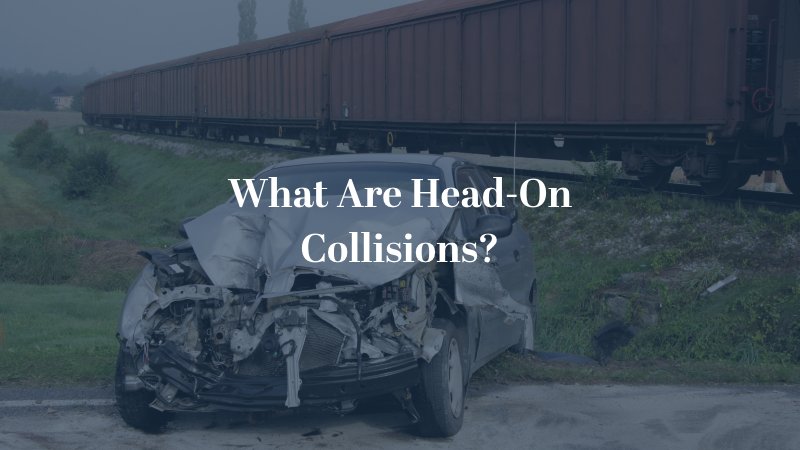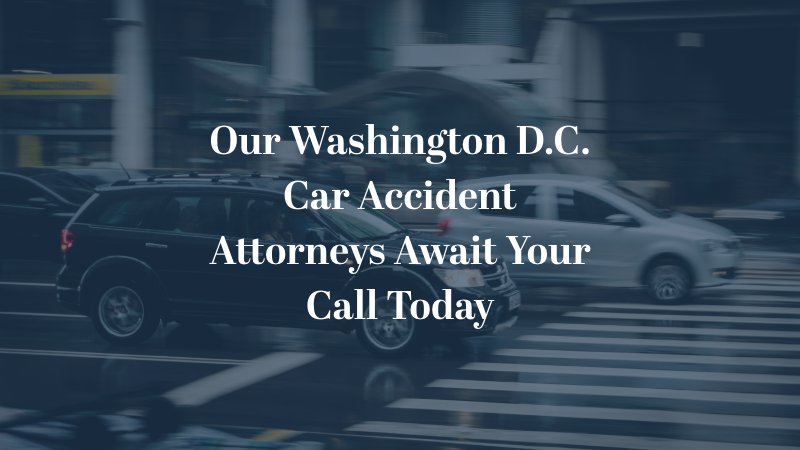
Head-on collisions occur when two vehicles traveling in opposite directions run into each other straight-on. These are some of the most dangerous types of motor vehicle accidents due to the force of the vehicles, and they often lead to severe injuries and fatalities. It’s important for anyone involved in this type of collision to understand why they happen and what your legal rights are if you’re injured as a result of someone else’s negligence.
Causes of Head-On Collisions
Head-on collisions are among the most severe and deadly types of traffic accidents. Understanding the common causes behind these devastating crashes is essential for both prevention and legal accountability. Here are the primary factors that contribute to head-on collisions:
Speeding
Excessive speed is a leading cause of head-on collisions. When drivers exceed speed limits, they reduce their ability to control their vehicle, make timely decisions, and react to sudden obstacles or changes in traffic conditions. High speeds increase the force of impact, making accidents more likely to result in serious injuries or fatalities.
Drunk Driving
Driving under the influence of alcohol or drugs impairs a driver’s judgment, and coordination. It also makes it more difficult for them to react in time to changing road patterns and any objects in the street. These drivers are more likely to drift into oncoming traffic lanes or misjudge distances, leading to head-on collisions. Substance abuse drastically increases the risk of engaging in dangerous driving behaviors that can result in fatal accidents.
Distracted Driving
Distractions such as texting, talking on the phone, eating, or using in-car entertainment systems take a driver’s attention away from the road. When drivers are not fully focused on driving, they are more prone to veering into the opposite lane or missing important traffic signals, which can cause head-on collisions.
Unsafe Passing
Attempting to overtake another vehicle in areas where passing is prohibited, such as double yellow lines or on curves with limited visibility, can lead to head-on collisions. Unsafe passing maneuvers often result in vehicles crossing into oncoming traffic lanes, increasing the likelihood of a direct impact.
Driver Fatigue
Tired or drowsy drivers have slower reaction times, diminished awareness, and impaired decision-making abilities. Fatigue can cause drivers to unintentionally drift into oncoming traffic lanes or fail to respond appropriately to changing road conditions, resulting in head-on accidents.
This is not an exhaustive list of all the causes of head-on collisions but provides an overview of why they might occur.

Common Injuries Resulting from Head-On Collisions
Head-on crashes can cause severe physical and emotional injuries. Here are some of the most common effects people face after this kind of accident:
- Whiplash and Neck Injuries: The violent jolt from a head-on collision often leads to whiplash or other neck problems. These injuries can leave you with pain, stiffness, and trouble moving your head or shoulders right after the accident and sometimes long into the future.
- Broken Bones: Bones in the arms, legs, and ribs are frequently fractured in these accidents. Broken bones can require casts, surgery, and long recovery times, and sometimes they don’t heal perfectly, causing even longer-term pain.
- Traumatic Brain Injuries (TBIs): A direct hit to the head or even just the force of the collision can cause a brain injury. TBIs range from mild concussions to more serious injuries with long-term effects like memory issues, headaches, or difficulty concentrating.
- Spinal Cord Injuries: Damage to the spine can bring numbness, tingling, or even paralysis. Some people lose movement or feeling in parts of their body, and recovery can be slow or incomplete.
- Internal Injuries: Organs such as the lungs, liver, or spleen can get bruised or torn from the impact. Internal bleeding or damage may not be obvious right away but is very serious and often needs emergency care.
- Psychological Trauma: A head-on crash doesn’t just cause physical issues. Some people develop anxiety, depression, or symptoms of PTSD, and may need professional support to heal emotionally.
The range of injuries from head-on collisions highlights why these crashes are so dangerous and why getting both medical and legal help is so important afterward.
Legal Recourse after a Head-On Collision
When an individual suffers injuries due to a head-on collision, it is crucial to understand the legal recourse available to pursue compensation for damages.
Understanding Liability
Establishing liability is a critical step in seeking legal recourse after a head-on collision. Determining who is at fault requires thorough investigation, which often involves examining physical evidence, police reports, and eyewitness testimony. Working with a personal injury lawyer can help you make this determination and ensure that the responsible party is held accountable.
Filing a Personal Injury Claim
An injured party has the right to file a personal injury insurance claim to seek compensation for damages. This includes medical expenses, lost wages, and property damage. A knowledgeable Washington D.C. personal injury attorney will help assess the extent of your losses and advocate on your behalf to secure a fair settlement.
Pursuing a Lawsuit
If negotiations with the insurance company do not lead to an offer that you’re happy with, pursuing a lawsuit may be necessary. While this process can be lengthy, it allows for a more comprehensive examination of the case, potentially leading to a larger compensation award.
How a Personal Injury Lawyer Can Help After a Head-On Collision
If you’ve been injured in a head-on collision, you may feel lost when it comes to dealing with the aftermath. A personal injury lawyer can guide you through some of the hardest parts of the process. Here’s what they can do:
Investigating the Cause of the Crash
Your lawyer starts by looking into exactly how the collision happened. This includes getting copies of police reports, talking to witnesses, and collecting camera footage or photos of the scene. They may work with accident reconstruction experts to figure out who was at fault and build a strong case for you.
Dealing with Insurance Companies
Insurance companies may try to settle quickly or pay less than you deserve. A lawyer speaks to the insurance adjusters on your behalf, making sure your side is heard and pushing back against any low offers. They help with filing claims, sending documents, and negotiating a fair settlement.
Pursuing Compensation
Medical bills can pile up after a serious crash, which is incredibly stressful if you’re also out of work because of your injuries. Your car or truck accident attorney asks for compensation that covers all your losses, not just your immediate doctor’s visit. This can include payments for ongoing treatment, lost wages, and even the emotional toll the crash has taken on your life.
Having legal help means you’re not facing the insurance process or court system alone, increasing the chances of getting fair treatment after your accident.
Contact Lightfoot Law Today For Help With a Head-on Collision
The aftermath of a head-on collision is often overwhelming, with complex legal processes and negotiations. Having an experienced personal injury lawyer by your side ensures that your rights are protected throughout the proceedings. If you’ve been involved in a head-on collision that was caused by someone else’s negligence, contact the Washington D.C. car accident attorneys at Lightfoot Law today to schedule a free consultation.